Willie Mae Bragg, first black to execute using portable electric chair
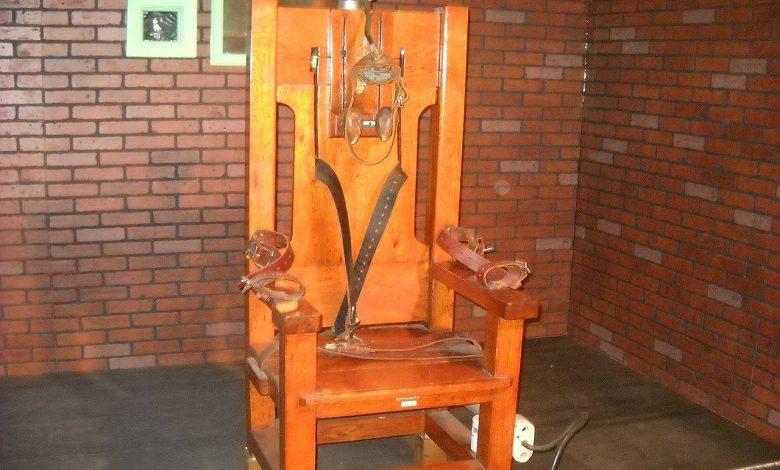
Willie Mae Bragg, a black man, was convicted to death for the murder of his ex-wife in 1939. He survived his first execution and filed a complaint alleging that he survived from the execution as they had already executed him. Willie Mae Bragg’s appeal failed, and he was executed the following year in a portable electric chair that had been put into service.
On the day of Willie Mae Bragg’s first execution, he was tied up; unfortunately, he survived. His last cries were for the strap to be removed. After he survived, he then sued, claiming that he survived from execution because they had already executed him and that he was simply not dead.
It was a bad case. Most of the executions in Mississippi in 1940 – most of the people executed were blacks. Willie’s appeal failed, and he was killed the next year by a portable electric chair.
In 1940, the change was made, and electrocution replaced hanging as the method of execution on the Mississippi. But this did not involve a purpose-built facility like the infamous “House Of Death” at New York prison. It was, for the first time in United States history, a portable electric chair.
The electric chair was taken from county to county in a large silver truck that also carried a generator, switchboard, cables, and all the standard equipment to perform electrocutions that any other prison could use. Mississippi would literally take its show on the road and provide death on wheels.
The new “State Executioner” was then Jimmy Thompson, an ex-convict, ex-Marine merchant, frequent drunk, carnival showman, stage hypnotist, and ex-Marine recently pardoned in 1939 after serving in Parchman for armed robbery as CrimeScribe described him. He also had a history of violence.
In the 1920s, Thompson shot a neighbor for insulting his mother, escaping prosecution only by an unwritten Southern law that said a man was allowed to shoot another man to defend a woman’s body or personal reputation. Needless to say, this law extended only to white men and certainly did not extend to black men shooting white men on the same grounds.
He obtained the position through political patronage as the governor of the state awarded it at the time, Paul Johnson. Thompson and Johnson were old friends and would often shoot together, so it was no great surprise that Thompson was chosen from among six candidates.
In September 1940, the portable electric chair was ready for a public unveiling in the state capital at Jackson. Thompson arrived, set up his grim equipment, tripped the generator. According to an article in Life magazine on the 7th of October 1940, “the crowds saw a large silver truck, a portable generator and a sturdy chair with helmet straps and electrodes. No less proud of his chair than the black cat, snakes, and strawberries tattooed on his velvety skin.”
Other press reports were much less favorable. The Memphis Commercial Appeal bitterly criticized the exhibit as barbaric and insipid, saying: “The only thing missing from Thursday’s formal, public display of the state’s new electric chair was a victim”.
Willie Mae Bragg was black and was convicted of murdering his ex-wife in Lucedale. With the state eager to demonstrate its new method and Bragg is inspiring no sympathy among appellate judges, it came as no great surprise that he was first in line. His execution date was the 11th of October 1940.
Mae Bragg expected to die but didn’t know he was about to make State and Penal History. He would be the first man ever to die in a portable electric chair… With Mae appeal denied, his execution was assured.
Thompson arrived at the Lucedale courthouse on the 10th of October to set up what he dubbed “My Killing Machine.” After a few necessary tests to make sure everything was ready, Willie Mae Bragg was prepared to make history.
As it was, their concerns were groundless. Thompson set-up his job, the portable electric chair worked perfectly, and the black man died as quickly and cleanly as he could have done.
The Jackson Clarion-Ledger carefully provided explicit captions with his photographs. While Bragg was being prepared, the caption said, ‘To the left, Willie Mae Bragg is sitting in the chair watching the guards tie his arms.’
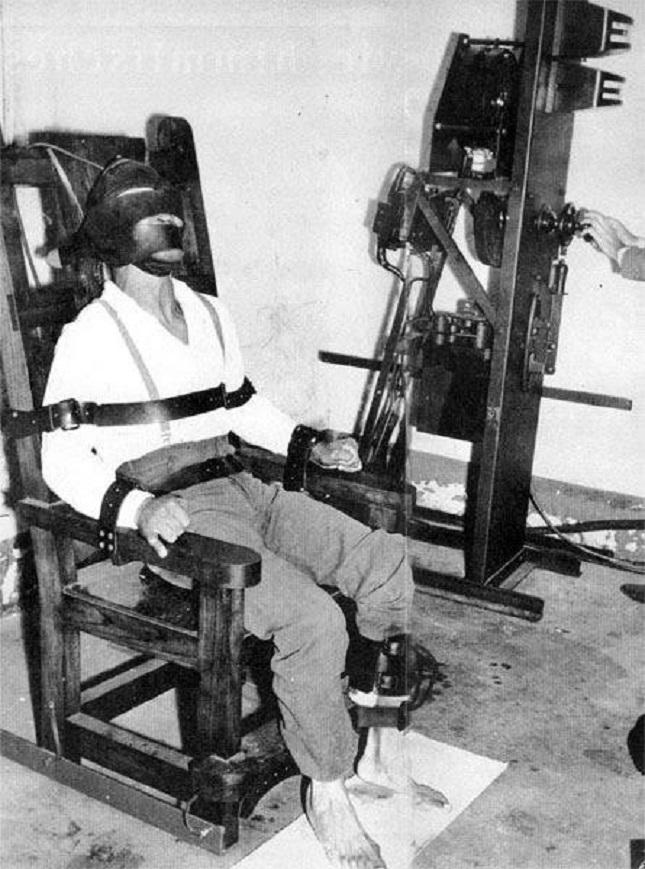
Accompanying a photo taken while the power was on, another caption reads, ‘The picture to the right was taken when the first flash of electricity passed through his body’.
Mississippi authorities were much more cooperative with the press than elsewhere in the United States. The angle, distance, and clarity of the images prove that the photographer was only a few feet away from the chair and was obviously photographing openly.
Thompson continued as a “traveling executioner” for several years, but his lucrative reputation did not last. In December 1944, a new governor of the state was elected, replacing his close friend and original employer Paul Johnson.
According to Donald A. Cabana on the article published in 2004, in HistoryNow, the first known execution in the State of Mississippi was the 16th of July, 1818, in Adams County with the hanging of George H. Harman, a white man, for “stealing a Negro.”
Since then, the state has carried out 794 executions (to 2004). Of those executed, 639 were black men, 117 white men, 19 black women, 2 Indian men, and 16 individuals not fully identified by gender or race. No whites females are known to have been executed by the state.

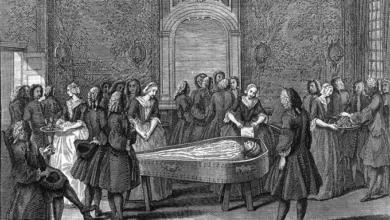

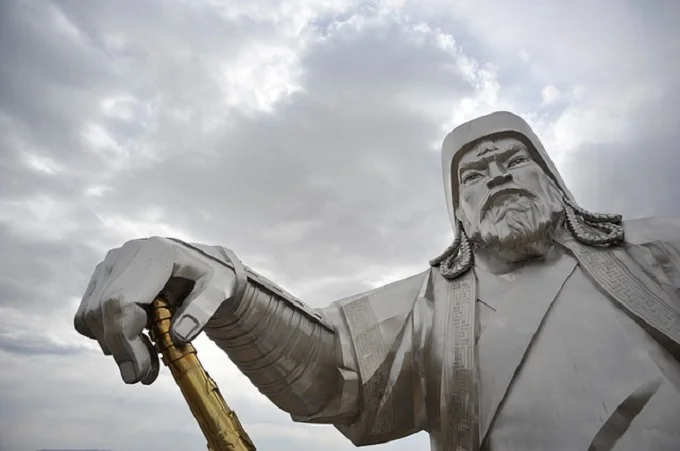
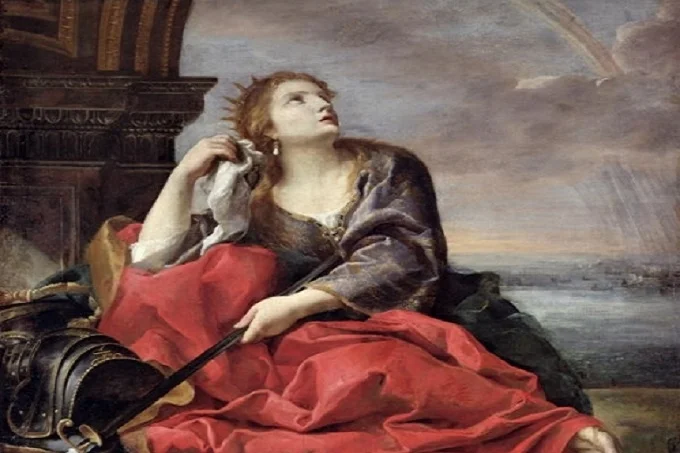
Great Site 👍